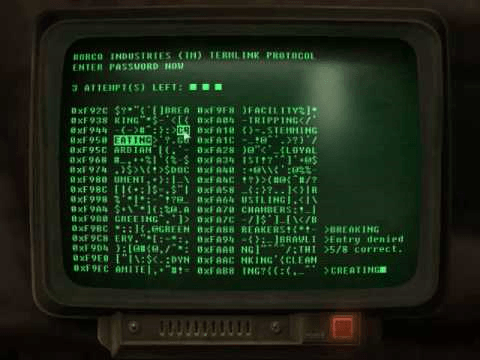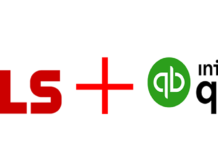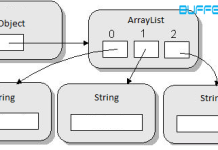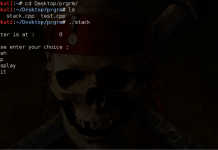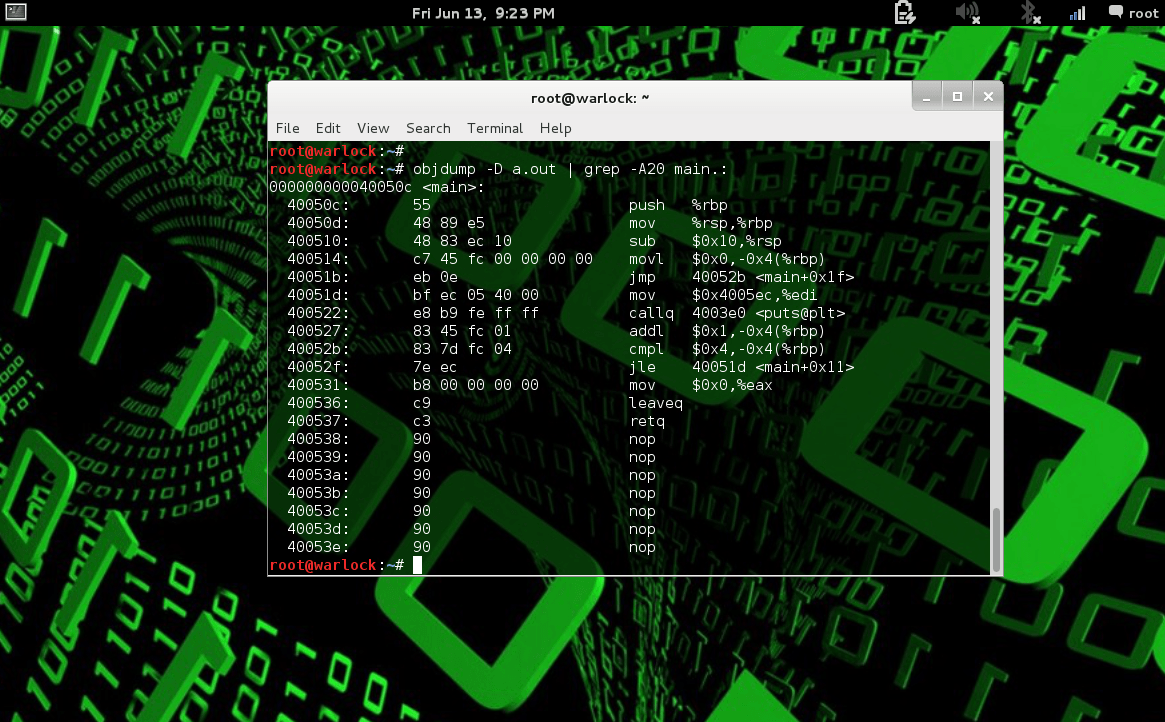Let’s start our C First Program through telling you basics about C language. Each and every coding line has its meaning and significance this tutorial will tell you about the simple things along with their syntax.
Let’s start with C First Program :
#include<stdio.h>
void main()
{
printf("\nWelcome to Buffercode \n");
}
For gcc complier:
#include<stdio.h>
int main()
{
printf("\nWelcome to Buffercode \n");
return 0;
}
OUTPUT:
Welcome to Buffercode
SEE ALSO : Why Rails ? An Introduction to my favorite framework
NOTE : The function void main() won’t run over gcc complier as it doesn’t accept void value but compilers like visual compiler , tc++, etc would support void. Along with the change in int main() in replace of void main() also write return 0; at last before ending the brackets.
Now we will go line by line:
- #include<stdio.h>
‘#’ –> it is called hash. It is used in C programming language for special keywords that can be processed by the C preprocessor. You will learn more about C Processor in our next tutorials. - include –it simply stands for English meaning ‘to include’.
- <stdio.h> -there are predefined function in computer library which have some tasks and function stored inside. Few of the header files are: stdio,math, conio(for visual and tc),stdlib, dos ,string etc.
- #include<stdio.h>- this line would include whole ‘stdio.h’ header file in program along with its function.
- void main()/int main()
it’s the main function as name suggest. compiler will just search this line and will start its compiling from main() function. - printf(“Welcome to Buffercode”);
it’s the output statement. It has two syntax:
1.printf(“string”);
2.printf(“string format”, string name); - {
}
The curly brackets are used for separating the different blocks inside the program. The indentation and clarity are preferred for every program.
Next step is to compile the you first C-Program. Click here to learn how to compile on linux, for windows click here.
Do you have something to add or stuck somewhere in C First Program? Please share in comments.
Follow us on Facebook, Google Plus and Twitter to get more tutorials.

